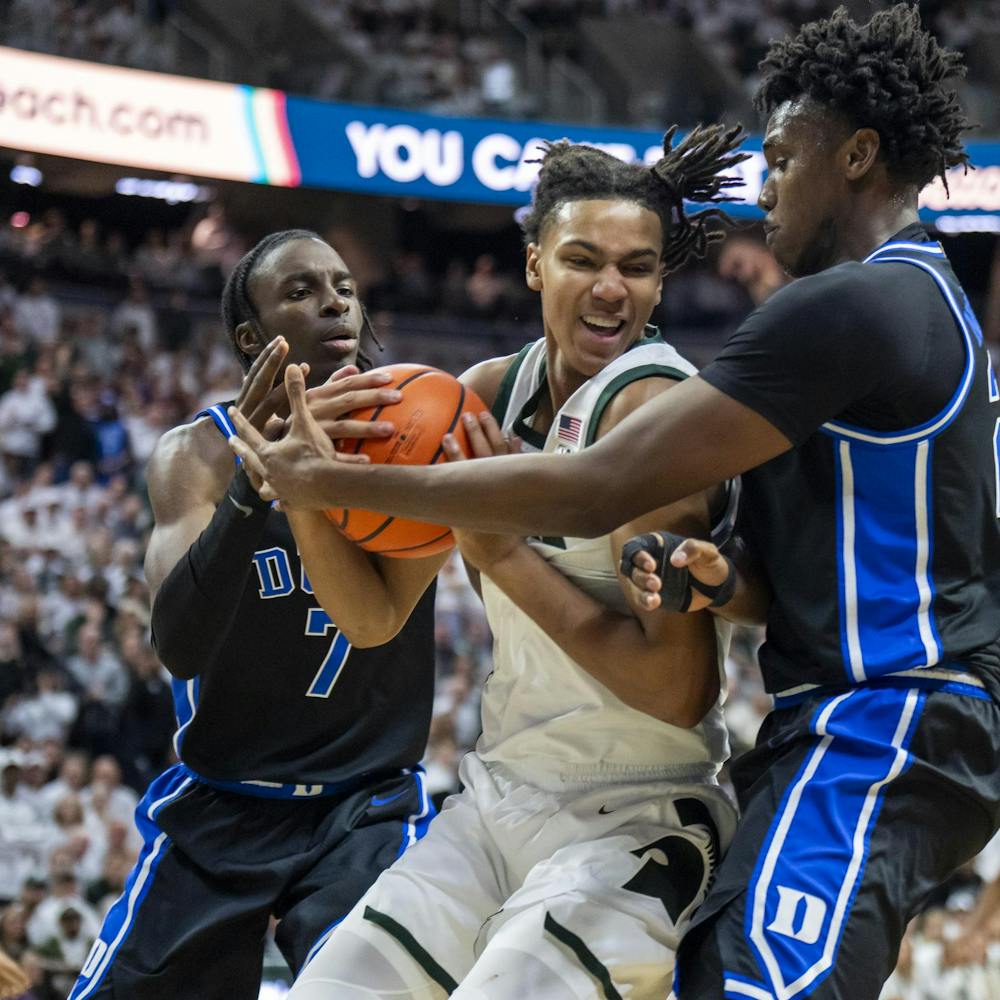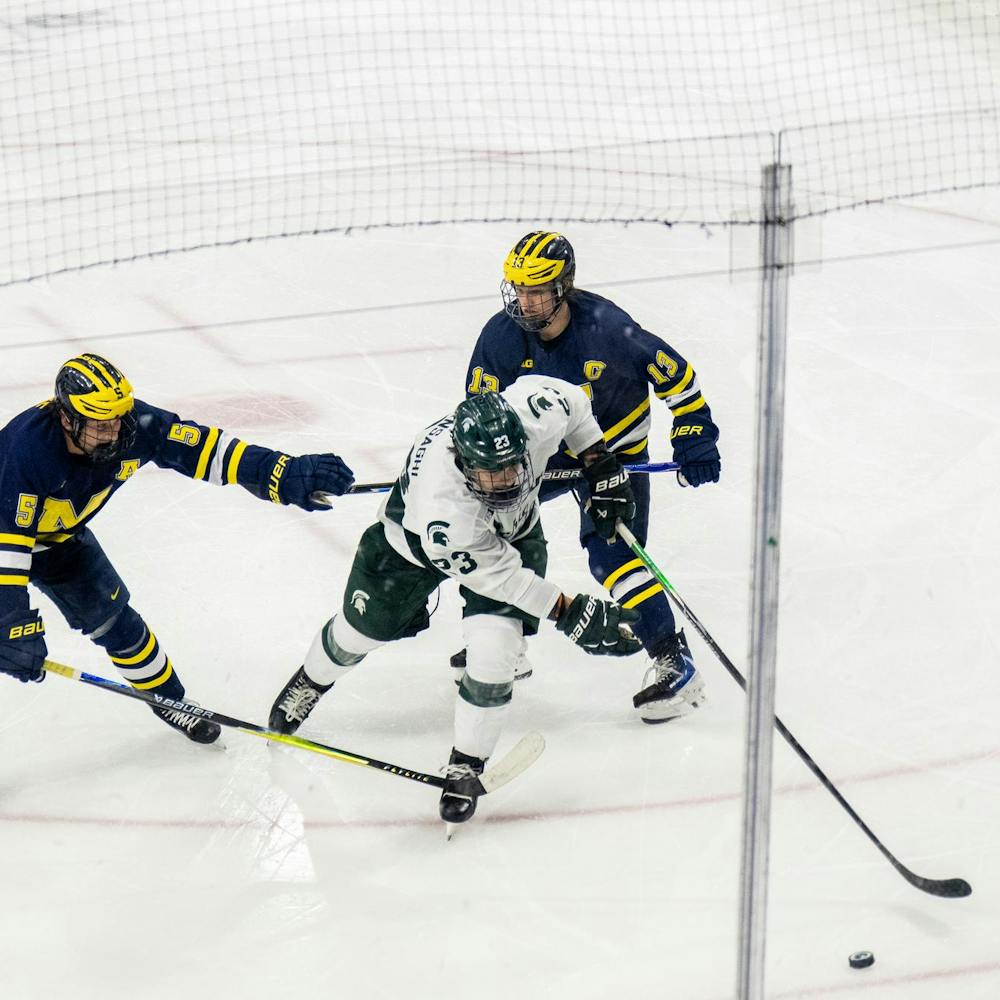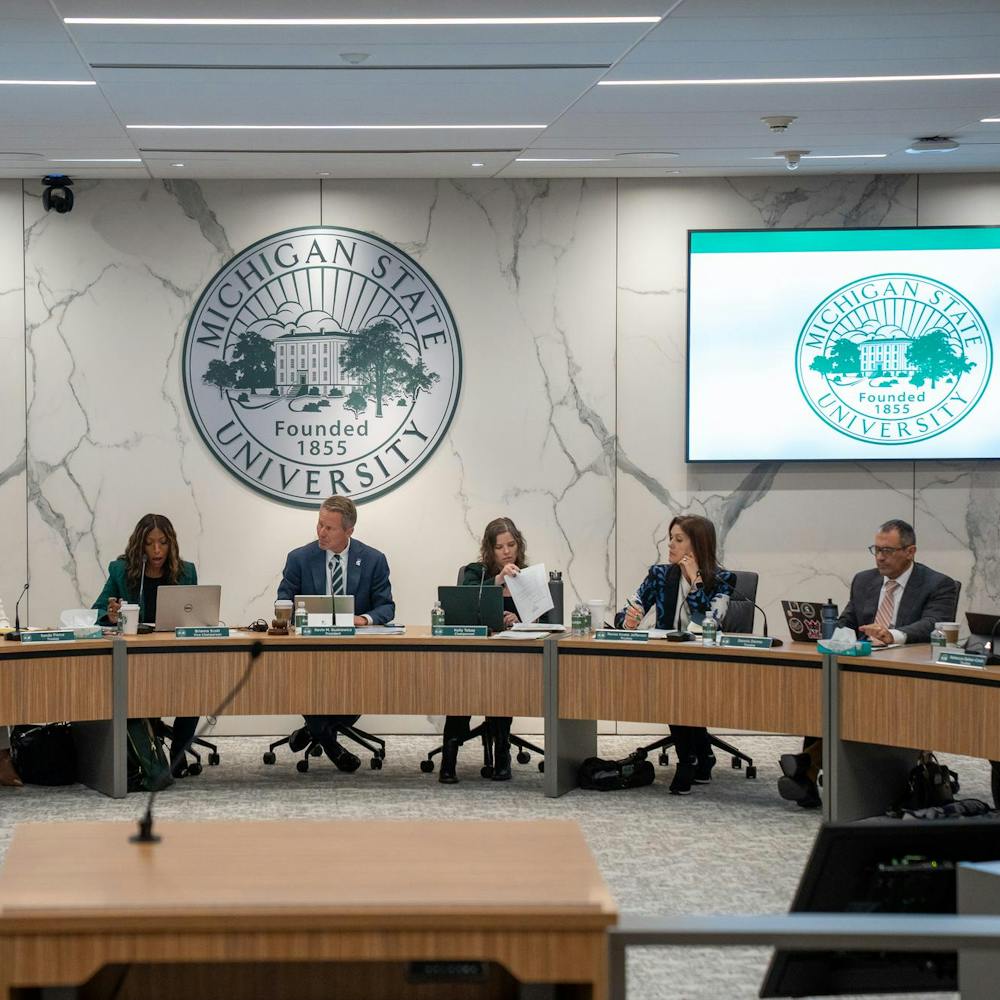On Feb. 12, 1855, Gov. Kingsley Bingham signed a bill, creating the Agricultural College of the State of Michigan, which eventually became MSU. On July 2, 1862, President Abraham Lincoln signed the Morrill Act, which supported land-grant colleges and universities.
But the way MSU’s classes were conducted when the college was first established are very different from a typical class today. Imagine public oral exams at the end of a course or being required to regularly do farm work.
In the first version of MSU, scientific studies, agriculture and mechanical arts were taught. So were liberal arts. The purpose was clear: “To promote the liberal and practical education of the industrial classes in the several pursuits and professions in life.”
Even before the Civil War, citizens in Michigan were promoting “liberal and practical education.” In 1850, Bela Hubbard, a farmer and geologist from Detroit, proposed adding an agricultural college to the state university and normal school already established. He called agriculture “not only a useful, but a learned and liberal profession.” Remember that “liberal” comes from the word, “liber,” meaning free, liberating, or favoring the freedom of individuals to express their views and act upon such liberty of choice.
Such a college, in historian Madison Kuhn’s memorable phrase, combined “learning with labor.” The rigors of daily farm work and field study complemented scientific understanding and experiments.
Practical learning — bookkeeping, engineering and landscape gardening — enhanced agriculture and natural sciences. Students learned how to observe, analyze, compare, draw inferences and judge well. Literature and fine arts, Hubbard added, would “polish the mind and manners, refine the taste, and add lustre and dignity to life.” Such a course of study was a creative solution to two historic divisions. One was elitist education versus education more accessible to the populace. The other was philosophic versus utilitarian education. Hubbard’s vision mediated between both.
On May 13, 1857, MSU President Joseph Williams, plus four professors, one assistant and 63 newly-admitted students, dedicated themselves to this new experiment in higher education.
In his speech, Williams recognized the obstacles facing the small group of pioneers: turning a forest into a civilized center of learning, facing “the caprice of successive legislatures,” and gaining financial support for their enterprise. Williams’s group, though, was committed to “the application of modern science to the practical business of life.”
Williams’s vision was liberating. “Morally, physically, intellectually,” the farmer-student should be a human being “before he can be a farmer.” Such a person was also a citizen of the United States, Michigan and his community, capable of fulfilling “the duties of even highly responsible stations, with self-reliance and intelligence.” He should know how to survey, keep books and write and speak English “with ease and vigor.” He should be a student of chemistry, physiology, mechanics and veterinary care. Public oral exams concluded the academic term.
What a challenging academic curriculum. Imagine the dissent today to public oral exams at the end of a course. What an extraordinary vision of the human being, citizen and student-farmer. Such liberally-educated students would cultivate the habits of the mind, heart and soul worthy of a free people. They would liberate themselves from intellectual and geographical provincialism, think and choose wisely among genuine alternatives, and commit themselves to democratic citizenship, responsibly serving and improving their society.
Difficulty after difficulty, however, appeared in the College’s first decade. When state legislators tried to make the college a two-year professional school, students voted for the four-year curriculum. Courses in “English language and literature, mathematics, moral philosophy, history, civil engineering, technology and household economy” foreshadowed the combination of liberal and practical education mandated in the Morrill Act.
Theophilus Abbot, professor of English who had directed the development of the first four-year curriculum in 1858, became president of the college in 1862. He invited students to his house for conversation about ethics, politics and literature. According to Liberty Hyde Bailey and A. J. Cook, Milton and Shakespeare “took on new life as [Abbot] opened their treasures to our dazed appreciation.” Abbot also asked students to rewrite their compositions. Imagine what a difference such conversation and revision would produce today.
Hubbard, Williams and Abbot admirably blended liberal and practical education. On Dec. 13, 2013, the outgoing president of University of Michigan, Mary Sue Coleman, reminded graduates at MSU that Big Ten universities were much more than athletic competitors. They were health care providers, libraries, research laboratories, classrooms and offices that “crackled with ideas.” Every student at MSU deserves such a rich, rigorous and rewarding academic experience that combines liberating and practical learning.
Ron Dorr is a professor for James Madison College. Reach him at dorr@msu.edu.
Support student media!
Please consider donating to The State News and help fund the future of journalism.
Discussion
Share and discuss “MSU’s liberal, practical education admirable” on social media.






